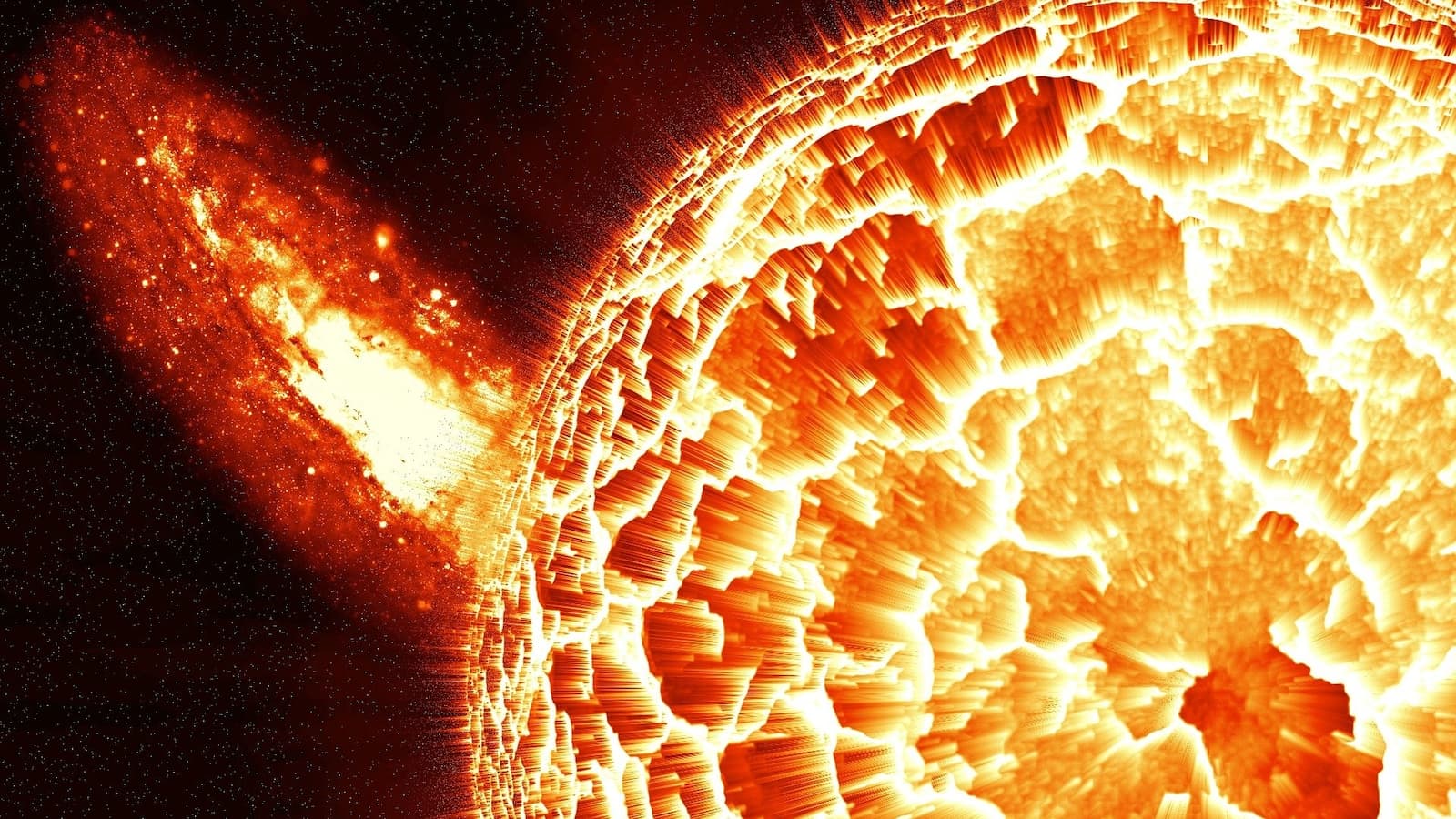AI-powered DAGGER to give warning for CATASTROPHIC solar storms: NASA
In order to give us an advanced warning about the next destructive solar storm, NASA is leveraging a new AI and machine learning-based technology called DAGGER. Check the details.






 View all Images
View all ImagesThe year 2023 has seen some of the most intense solar storms in the last decade. We have seen two G4-class solar storms, multiple G3-class storms and a multitude of solar flare-related radio blackouts. Astronomers have realized that the next catastrophic solar storm event may not be too far away. But with how things are, there is not much we can do about it. While NASA has its own prediction models, their accuracy is not too high. In fact, in most cases, we cannot correctly predict when the storm will strike till it has already hit the Earth. But that is about to change, with a new technology NASA has jointly developed with the U.S. Geological Survey and the Department of Energy at the Frontier Development Lab. NASA calls it DAGGER and it runs on AI and machine learning.
Short for Deep Learning Geomagnetic Perturbation, DAGGER, collects data from various space satellites that are monitoring the Sun and the ground-based observatories that are looking for geomagnetic storms. This huge set of data goes into training the AI through a technology called ‘deep learning'. Essentially it is a type of machine learning where the system learns patterns around how changes in the Sun and explosions of coronal mass ejection (CME) can lead to a certain intensity of solar storm on the Earth. This pattern recognition is the key to DAGGER's prediction abilities.
And NASA is betting big on this model. In a statement, the space agency said, “(DAGGER) can quickly and accurately predict geomagnetic disturbances worldwide, 30 minutes before they occur. According to the team, the model can produce predictions in less than a second, and the predictions update every minute”.
NASA uses AI to build solar storm prediction system
The team responsible for building DAGGER has been building this deep-learning algorithm for more than a decade. They were also successfully able to predict two solar storms, one in 2011 and another in 2015, quickly and accurately, along with their impact across the world.
With this AI, it is now possible to make rapid and accurate global predictions and inform decisions in the event of a solar storm, thereby minimizing – or even preventing – devastation to modern society,” said Vishal Upendran of the Inter-University Center for Astronomy and Astrophysics in India, who is the lead author of a paper about the DAGGER model published in the journal Space Weather.
The computer code in the DAGGER model is open source, and according to Upendran, it could be adopted, with help, by power grid operators, satellite controllers, telecommunications companies, and others to apply the predictions for their specific needs. Such warnings could give them time to take action to protect their assets and infrastructure from an impending solar storm, such as temporarily taking sensitive systems offline or moving satellites to different orbits to minimize damage.
Catch all the Latest Tech News, Mobile News, Laptop News, Gaming news, Wearables News , How To News, also keep up with us on Whatsapp channel,Twitter, Facebook, Google News, and Instagram. For our latest videos, subscribe to our YouTube channel.





























